How to repair a dripping faucet
Over time, even the most reliable taps begin to leak water - flowing or dripping. You don't always need to call a plumber to fix a faucet. Most damage can be repaired by yourself. But, before you repair the dripping tap, you need to understand its design and work procedure.
The content of the article
Views
Let's start with the definitions. There are taps and mixers in the bathroom and outside the kitchen. Taps only supply water, mixers also allow you to regulate its temperature by mixing two streams - cold and hot water. In this article, we will talk specifically about cranes and how to repair them. Repair of faucets is very similar, but has its own characteristics. By the way, you can read about the repair of single-lever mixers here.
There are several types of taps for the bathroom or kitchen:
- valve;
- single-lever (also called cartridge or flag).
Their device is different, so the repair, even with the same damage, is significantly different. Therefore, we will consider each of the types separately.
Self-repair of the valve valve
Valve taps can be called classics of water supply. And, although they are gradually being replaced by new designs, there are still plenty of them. Their internal structure has not changed over the decades. Only the design has changed - it has become more diverse and sophisticated. Today you can find both the most common models and very exotic ones.
Water taps of this type are still used today, as they are simple and reliable, they serve not for years, but for decades. If all the "filling" is of proper quality, all that can fail during this time is gaskets. Replacing them is the main way to fix the valve.
Replacing the rubber pad
If the tap in the kitchen or bathroom continues to drip when the valve is fully closed, most likely the reason is the gasket on the valve that has lost its elasticity (see the photo in the next paragraph). She stopped tightly pressing against the saddle, because of which the water continues to flow and sometimes the tap not only drips, but even flows. In this case, to repair the tap, replace the gasket. To do this, you need a wrench, or better - an adjustable wrench and a set of gaskets.
Before you fix the dripping tap, turn off the water supply (you can completely, you can only in this branch, if possible). Further, it is useful to make sure that the water is still blocked. Water does not flow - we begin repairs. You will need a wrench or adjustable wrench. They will need to unscrew the head body (top of the body).
Better to work with an adjustable wrench. In order not to damage the surface during the operation, wrap it with a soft cloth, and then apply the key. By unscrewing the head, remove the valve. Now you can replace the gasket or put in a new valve. You pry the old one with something sharp - you can use a screwdriver with a flat blade, you can use an awl, etc.
When choosing a gasket, please note that its edges should be beveled at approximately 45 °, otherwise the water pipe will make noise during operation. If you don't have one in your arsenal, you can trim the edge with something sharp - a knife or scissors.
If a suitable spacer is not available, it can be cut from a sheet of dense rubber (porous is not suitable). The thickness of the rubber sheet or gasket is 3.5 mm, the inner diameter is slightly less than the diameter of the rod, the outer one should not protrude. Don't forget the 45 ° beveled edges.
Having installed the gasket, put the valve in place, tighten the head.New models do not require thread rewinding. Moreover, reeling is contraindicated - it can cause a crack in the case. If an old crane from the times of the USSR is being repaired, tow is laid on the thread, lubricated with packing paste, then tightened. After that, you can gradually turn on the water.
Sometimes the opposite story happens with this gasket on the valve - water does not flow or barely oozes out. In this case, the gasket flew off the stem and blocked the flow of water. First, you can try to open / close the tap a couple of times, and if it does not help, you need to repeat the operation described above, that is, fix the tap by replacing the gasket. Just remember to remove the old one that is stuck to the saddle.
Water oozing from under the stem
If water drips from the valve, the oil seals are likely to be worn out. There are two ways to fix a valve with a leak from under the stem. To begin with, you can try to tighten the head body more. Do it again with an adjustable wrench. It is undesirable to use pliers, as traces remain after them. Tighten the head as much as possible (just don't overdo it).
If the thread is tightened as much as possible, and water continues to ooze, replace the gaskets on the oil seal. To do this, first turn the tap to the limit, then remove the tap head again, pry it with something sharp and remove both rubber rings, replacing them with new ones.
Water does not overlap
If the gasket is changed, and the water does not overlap, when the valve rotates, the thread breaks, it is necessary to change the stem - the thread on it is worn out. There are two options - to replace the stem itself or completely the entire valve head.
If the threads are not worn, the gasket is new, but the valve is leaking, inspect the seat. A gully may appear in it. It is formed gradually - it is washed away by water supplied at high pressure. If the gasket is not pressed tightly in some place, a sink will form in this place. Sometimes the water completely eats away the entire circumference, forming sharp edges, on which the gasket is quickly damaged. The gullet and sharp edge must be removed. Take a regular screwdriver and dull the sharp edge by running it along the edge. The same operation can be done with a natfil or a piece of fine-grain sandpaper. The main thing is to achieve an even (as far as possible) and non-sharp edge.
How to fix a faucet with a cartridge
Most often, taps with one lever are installed in the bathroom or in the kitchen. They are also called flag or single-lever. A special device is responsible for opening / closing water in it - a cartridge, therefore they are also called cartridge.
There are two hole plates inside the cartridge. The lower one is rigidly fixed, and the upper one is movable. A rod is attached to it, and it, in turn, to the handle. By turning the handle, we move the stem, and it displaces the movable plate, which opens / closes the water and changes its pressure.
If there are problems with such a tap, it can only be repaired by replacing the cartridge. The main problem with them is that they start to flow - water is oozing or dripping from under the handle. To repair a leaking or dripping cartridge valve, the cartridge must be replaced. The only way.
Replacing the cartridge
The first step is to turn off the water, then remove the handle. To do this, first take out the colored plug - it covers the screw. By unscrewing the screw, the handle is pulled upward, separating it from the stem. After the handle is removed, the pressure ring is unscrewed - it holds the cartridge. Now all that remains is to remove it.
Then, along with the cartridge, you need to go to the store or to the market, buy exactly the same one. The new one must be the same size, the holes in its bottom must have the same shape and location. In general, you need to find an exact copy.
The assembly takes place in the reverse order:
- we put the cartridge (strictly vertically, scrolling a little around its axis so that the projections in the case fall into the recesses on the cartridge),
- we tighten the clamping nut;
- install the handle;
- screw in the fixing screw;
- insert the plug.
An initial check can be done after the pressure ring has been installed. You can open the water and check if the tap is leaking now.
If the water flow becomes too weak
Most modern taps are equipped with a mesh on the spout, which traps solid particles that may be contained in the plumbing. If the stream of water gradually became not so elastic, and the pressure on other taps did not change, the reason is the clogging of this very mesh. In this case, the tap can be repaired in a couple of minutes.
Unscrew the nut with a mesh, which is located at the end of the spout. Rinse it, clean the clogged holes (you can use a needle or an old toothbrush). Reinstall the cleaned mesh.

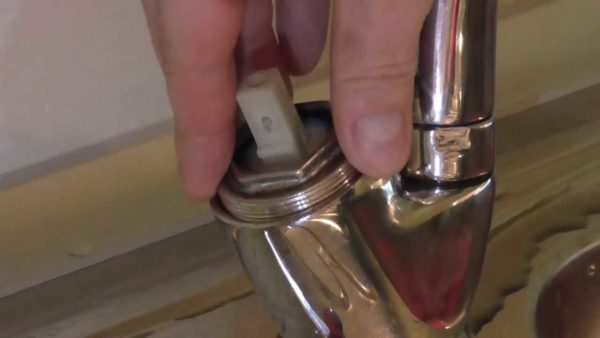
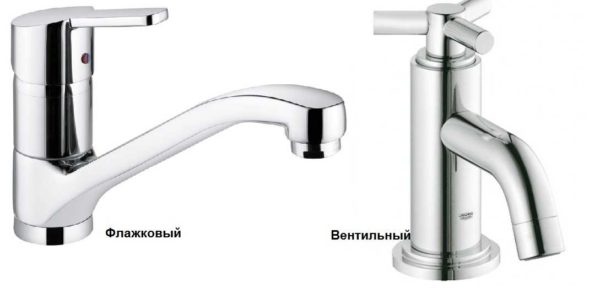

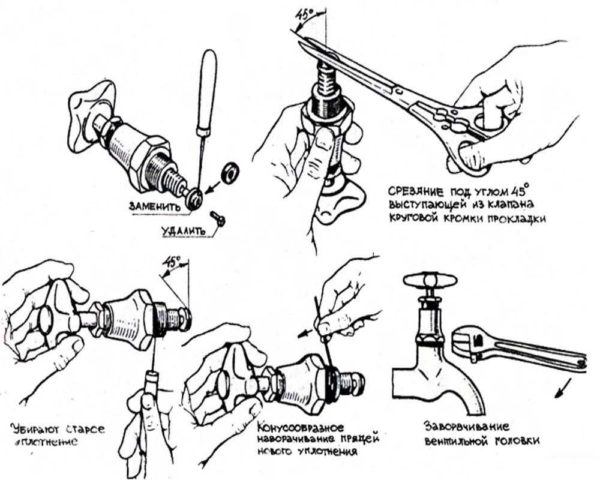
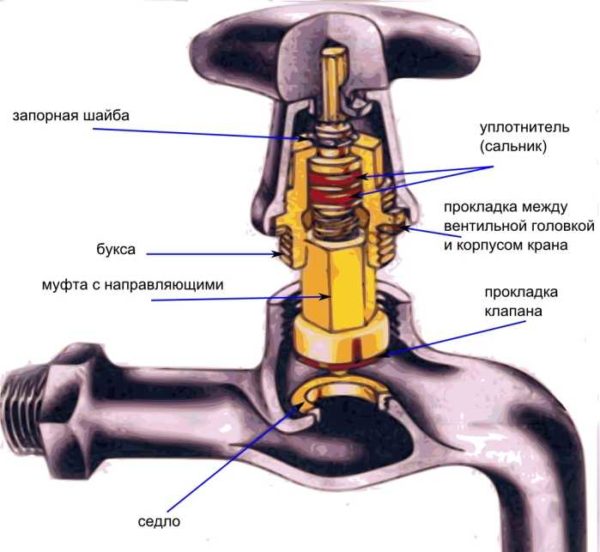
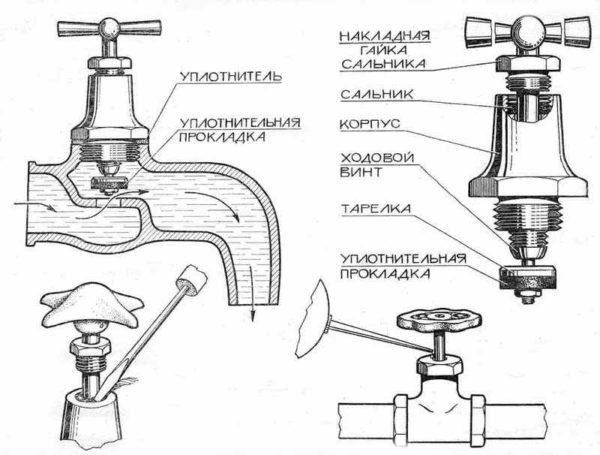
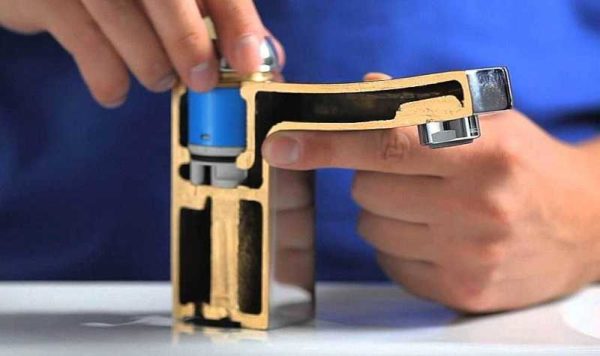
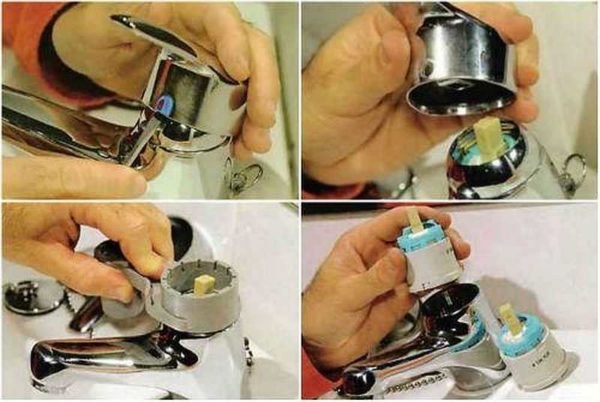
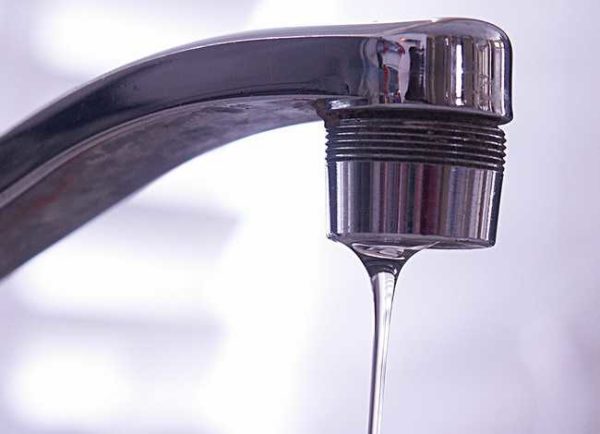
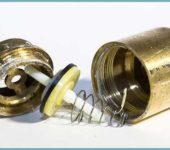


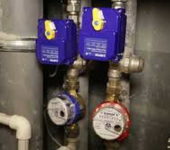
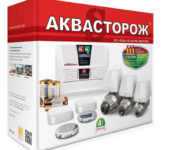





crane head does not twist and pull out, too little gripping space